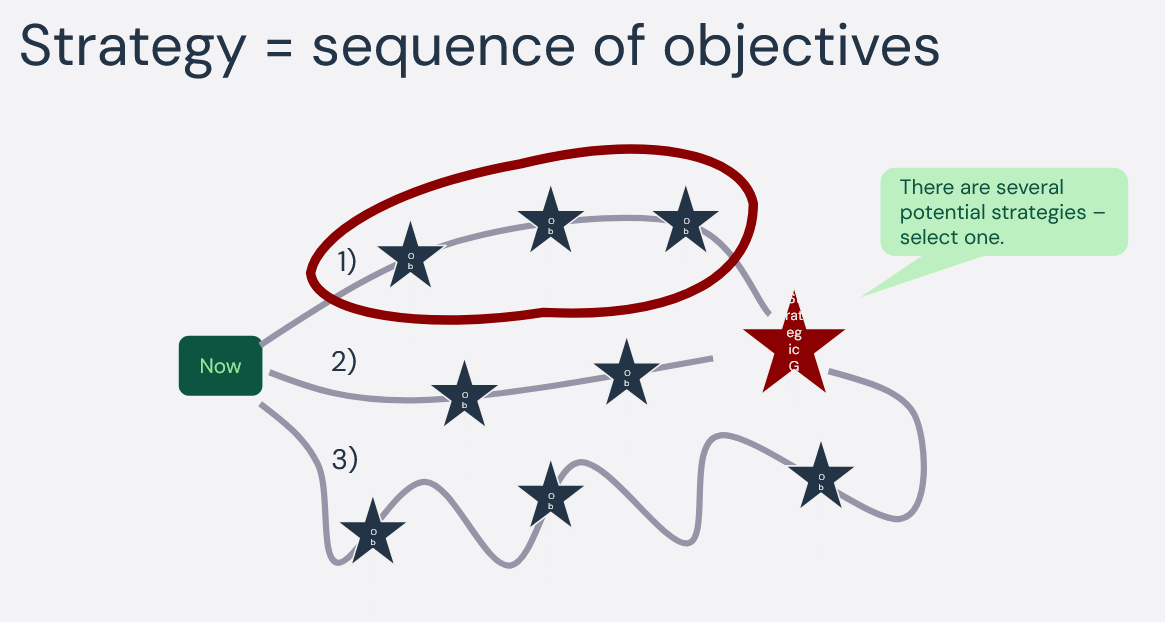I have started to avoid using the word “agile” when trying to convey what organizational effects and capabilities we are trying to achieve by adopting Agile.
There are two main reasons, and the first one is that “everybody already knows what Agile is.”
By this I mean that by now, Agile has stopped being a buzzword. It’s either something you are already doing, attempting to do, or have bad experiences implementing. And everyone has a different view of what “working Agile” means.
To some Agile is when you move sticky notes around on a whiteboard. To others Agile is when you use story points to determine how long something will take to finish. Agile is doing things in teams. Agile is MVPs. Agile is SAFe.
What I am getting at is that Agile isn’t new enough for people not to have preconceptions about what it is. So the word Agile carries a very specific meaning – correct or not – to the people I talk to. When communicating about overall organizational capabilities, I have to attempt to remove these preconceptions.
The second reason I avoid “agile” is because I have experience from organizations where “proper” Agile isn’t possible.
For some organizations a complete, by the book, Agile transformation is simply not possible. Either due to regulations or other organizational constraints. So, if they can’t “go fully Agile”, shouldn’t we be able to help them get better anyway, by nudging them in the right direction through continuous improvement?
My point is, I strongly believe in agile and lean principles, but I also believe that there are too many preconceptions of what it is and what it must look like. Communication becomes very hard when the words we use carry different meanings to the participants in the conversation.
This is why I have found it necessary to spend a lot of time explaining where agile came from and what it was a reaction to, before I start talking about how to implement an agile way of working.
I think we Agile Evangelists will need to find new ways of communicating if we want to stay a relevant and growing community.
In this article series my aim is to give a rundown of what organizational capabilities and characteristics that Agile practices try to unlock, by exploring some fairly simple questions. There will be Agile principles and practices mentioned, but they will not be the focus. The focus will be on how to become agile, without using the A-word!
The questions are:
- How do we get things done?
- How easily do we collaborate across team and department boundaries?
- How does information spread through out the organization?
- How do we find out if there is a problem?
- How do we react to problems?
- How do we respond to a need for change?
In this first article in the series we are going to ask ourselves the question: How do we get things done?



